Toyota's comprehensive transformation: What changes will happen to Century, Lexus, GR, Toyota, and DAIHATSU?
 Kevin WongOct 18, 2025, 09:59 AM
Kevin WongOct 18, 2025, 09:59 AM
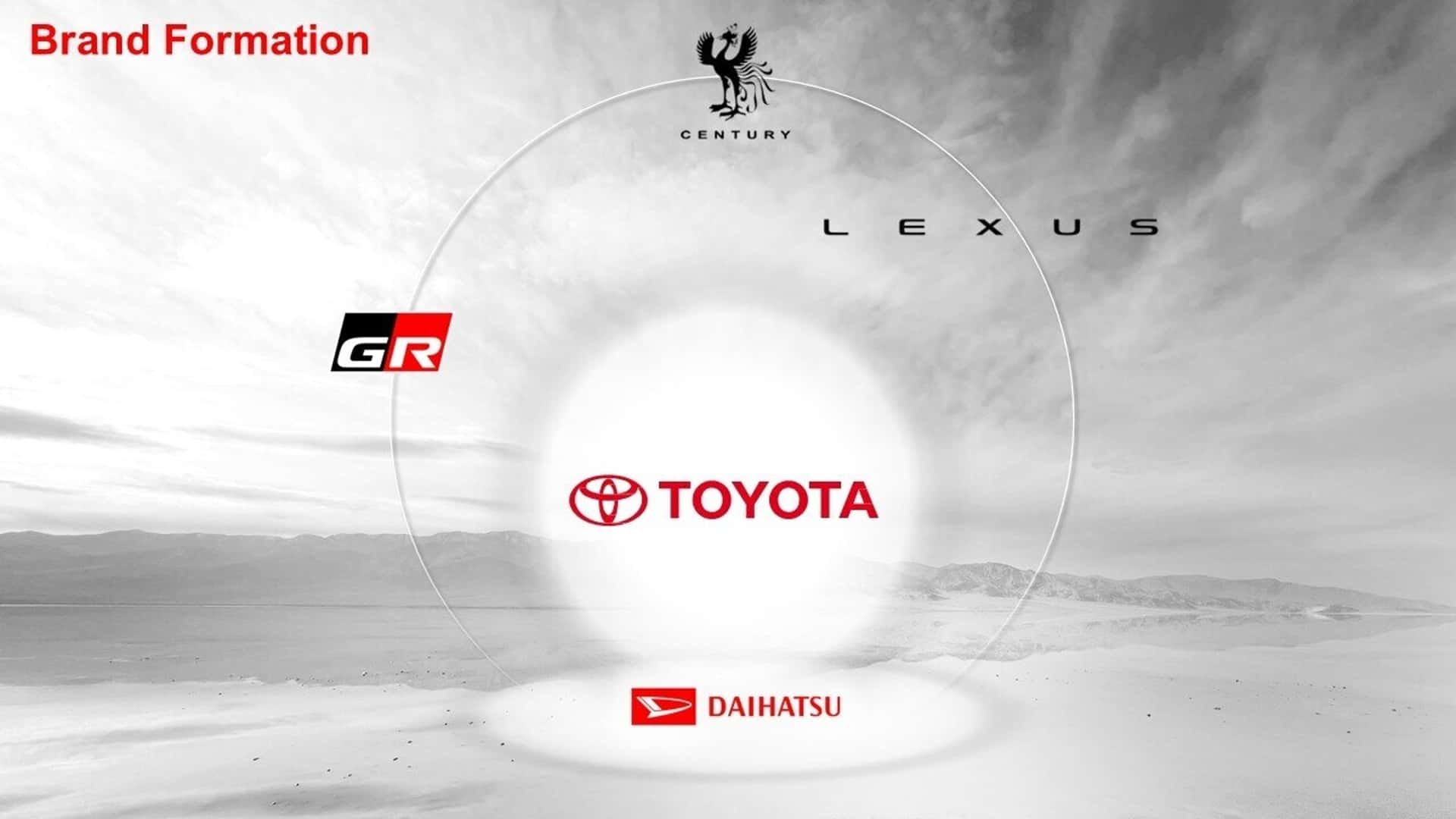 [PCauto] To announce this transformation, Toyota began releasing daily teasers from September 19, continuing through October 13. Throughout this nearly month-long campaign, the company consistently issued periodic updates to emphasize the initiative's significance and encouraged the public to stay tuned.
[PCauto] To announce this transformation, Toyota began releasing daily teasers from September 19, continuing through October 13. Throughout this nearly month-long campaign, the company consistently issued periodic updates to emphasize the initiative's significance and encouraged the public to stay tuned.
Akio Toyoda personally weighed in on the teaser process, instructing that the phoenix emblem representing the Century be placed in the center, given the model's paramount importance.

On October 13, Akio Toyoda explained to the public why the Century needs to be in the center. He declared that the Century would transcend its role as a flagship model to become a dedicated ultra-luxury brand.
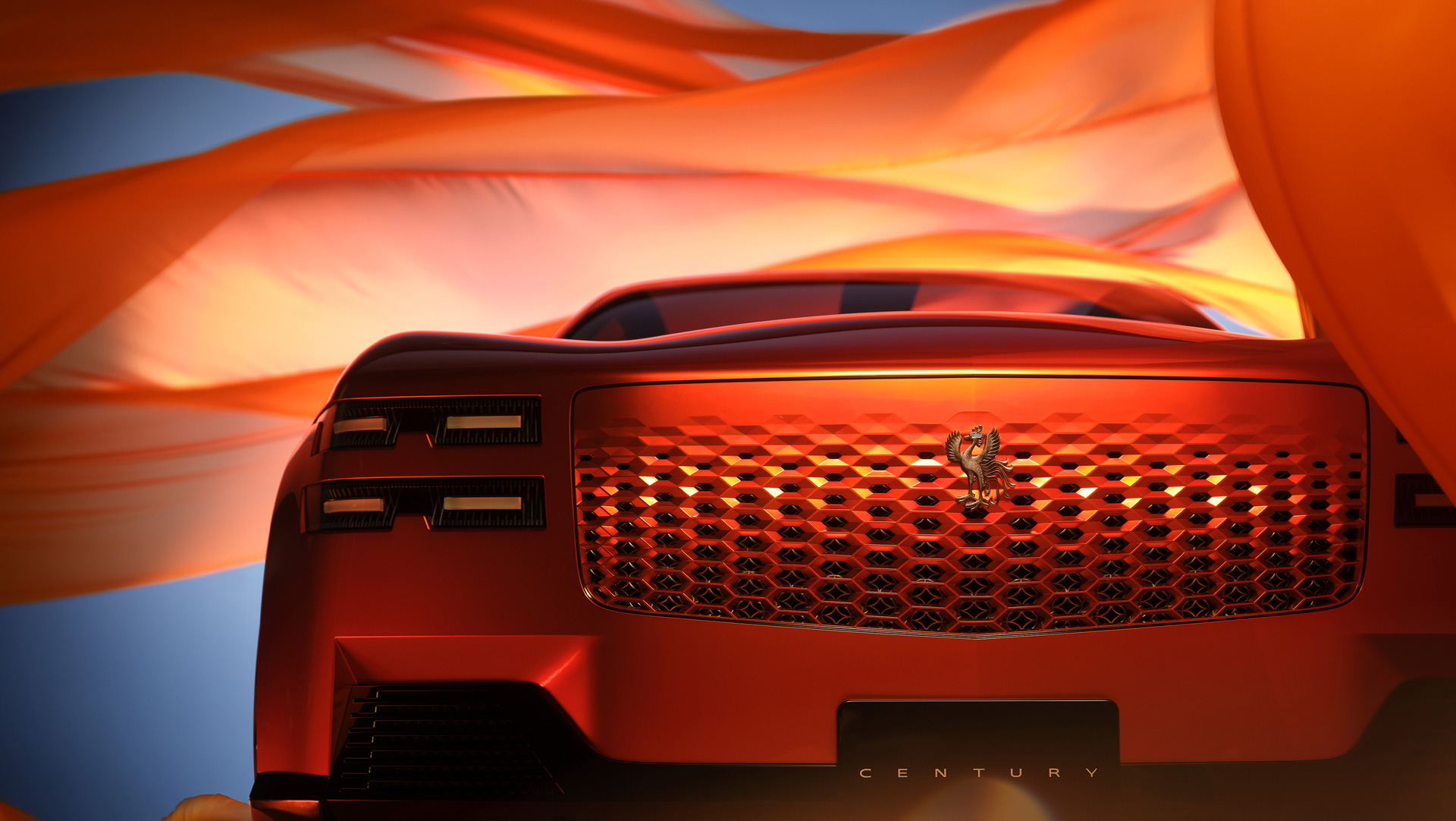
This transformation doesn't just involve the Century. The framework is designed to achieve comprehensive coverage, spanning from the ultra-luxury to the entry-level segments through the collaborative efforts of five brands: Century, Lexus, GR, Toyota, and Daihatsu, while also paving the way for the Japan Mobility Show 2025's comprehensive debut on October 30.
Century fills the ultra-luxury market at the top of the pyramid
The independence of Century is the most striking change in this strategy, and Akio Toyoda stated that Century's positioning will be above Lexus.
The Century has evolved from a flagship sedan into a standalone ultra-luxury brand, taking direct aim at competitors like Rolls-Royce and Bentley to capture the pinnacle of the automotive market.
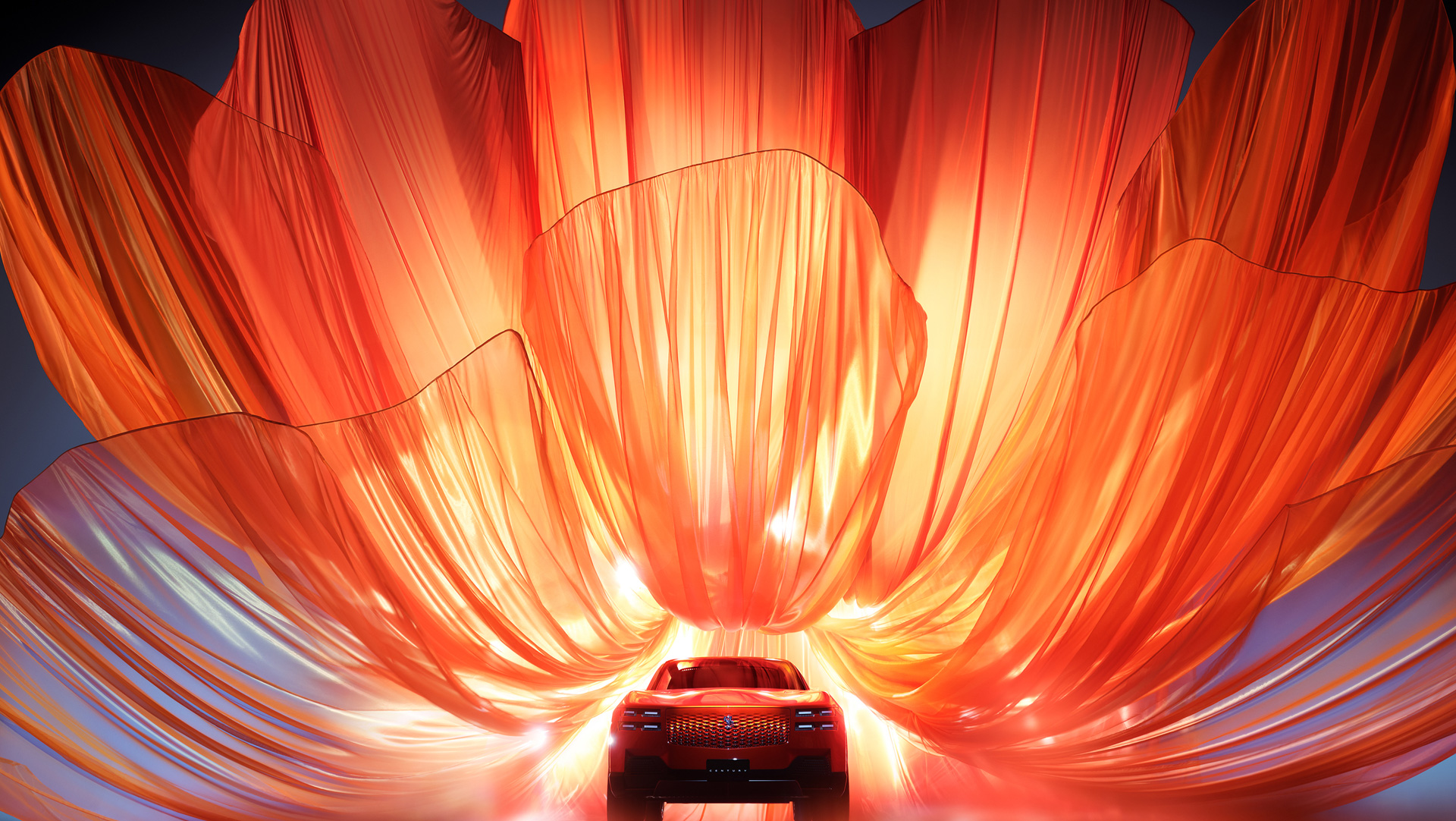
The Century product line is expected to expand from sedans to SUVs, two-door coupes, and even ultra-luxury MPVs. The Century SUV was launched last year, and the recently unveiled Century Coupe concept car will also play a key role in the expansion of the Century brand's product line.
Evolving the Century's iconic design, this coupe features the classic formal silhouette and opulent cabin, now infused with electric technology. It is expected to utilize a pure electric powertrain, boosting performance while advancing its green profile.
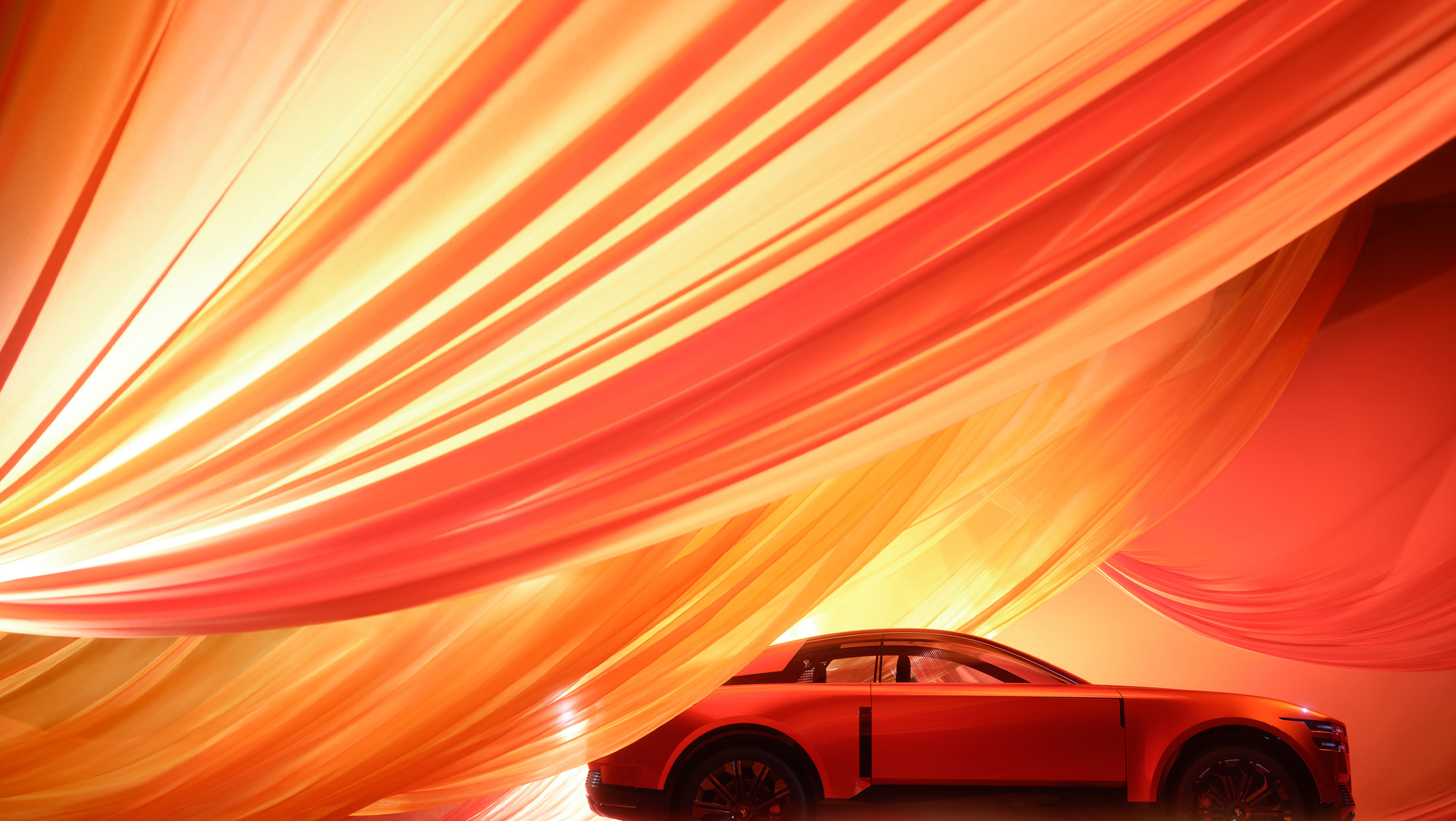
Lexus enjoys more freedom for innovation
Lexus is used by Toyota to explore future automotive development trends. In other words, Lexus will have more freedom for innovation.
The Lexus LS Concept is the brand's reimagination of the classic LS sedan. The Lexus LS Concept is developed on a fully electric platform with the goal of becoming the brand's future flagship model. Akio Toyoda has confirmed that the team is actively advancing the project and plans for mass production.
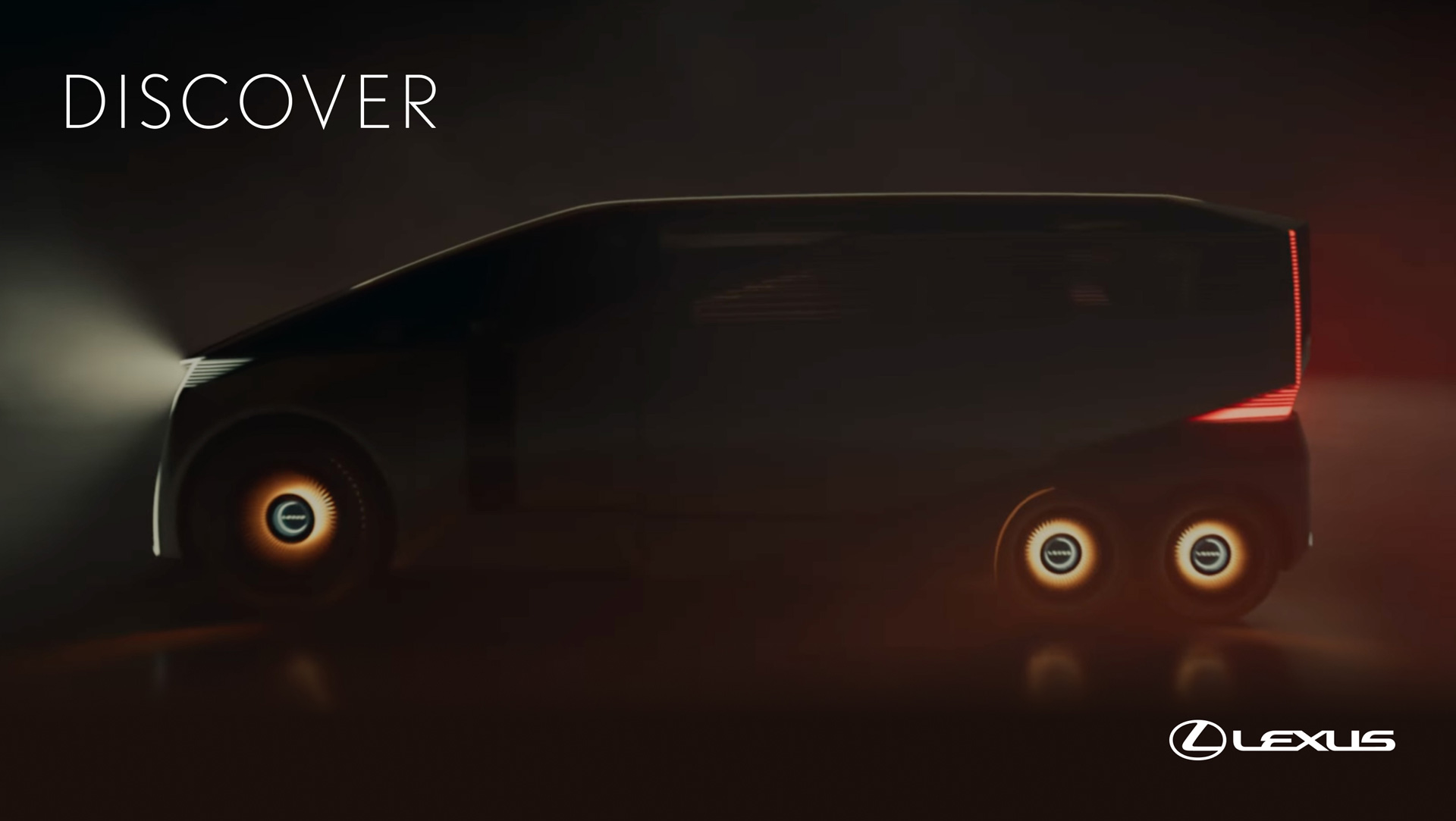
The Lexus LS Concept adopts a six-wheel layout, with the front axle equipped with large wheels and the rear axle featuring two sets of smaller wheels. The entire vehicle adopts a monospace (one-box) design that prioritizes space and comfort as its core functional goals; the interior is arranged in a three-row, six-seat configuration with sliding doors, embodying the "Luxury Space" concept to enhance the luxurious experience.
As for the transformation of the LS from a sedan to an MPV, Akio Toyoda openly stated, who says "S" has to stand for Sedan? This underscores Akio Toyoda's vision for Lexus: not merely the luxury division of Toyota, but the group's true explorer within the automotive industry.
GR Will Focus on Building Performance Models
The Toyota GR supercar, as the performance flagship of the Gazoo Racing brand, is positioned as a new-generation embodiment of Toyota's performance spirit.
In a teaser image, the new car is shown alongside the iconic Toyota 2000GT and Lexus LFA at the GT Corner of the Fuji Speedway, hinting at its connection to the brand's performance DNA, while establishing itself not as part of the Lexus lineup, but as a pure GR-exclusive creation.
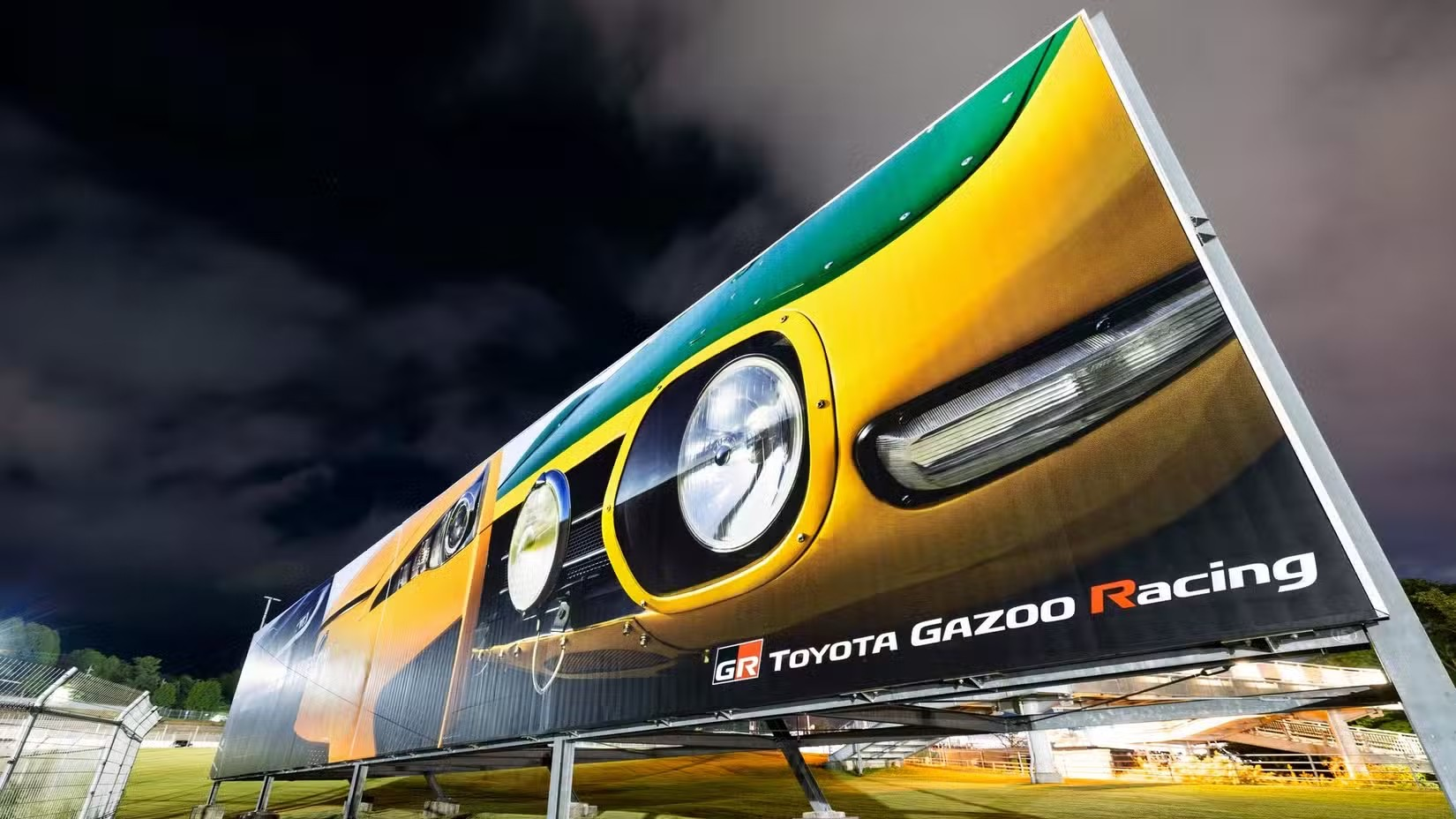
Built on an aluminum alloy chassis with a carbon-fiber body for an optimal balance of lightweight construction and high rigidity, the GR supercar is powered by a hybrid powertrain that combines a 4.0-liter V8 twin-turbocharged engine with an electric motor.

The GR supercar is built on an aluminum alloy chassis with a carbon-fiber body, balancing lightweight construction with high rigidity. It is powered by a 4.0-liter V8 twin-turbocharged engine paired with an electric motor, forming a hybrid powertrain system.
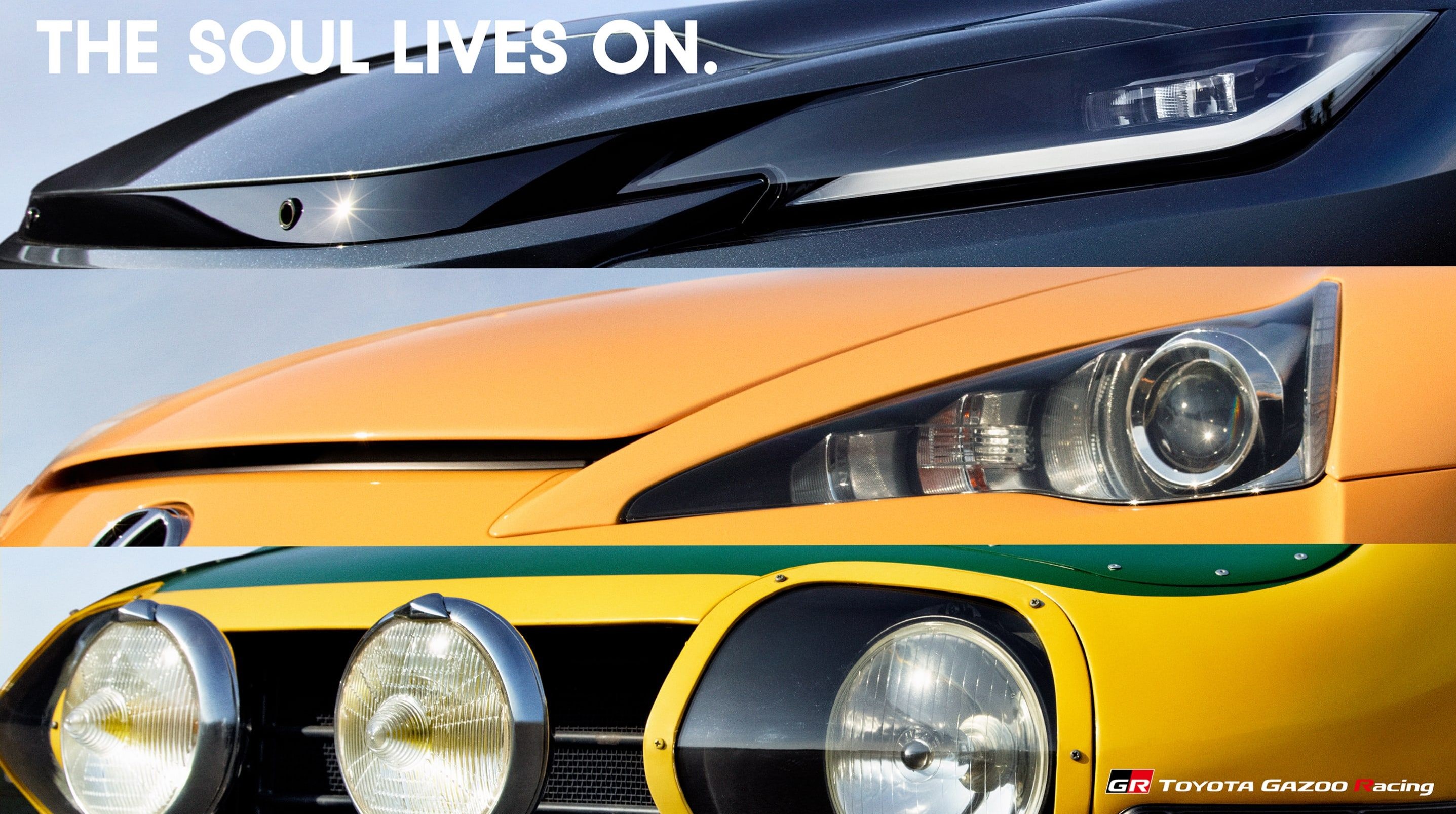
In its development process, the GR supercar originated from the 2022 GR GT3 concept car, following extensive testing and multiple public sightings, and made its debut at the 2025 Goodwood Festival of Speed, indicating that its production plans have reached an advanced stage.
Toyota is doubling down on GR, with a future roadmap that may include mid-engine offerings like the GR Celica, solidifying the merge of performance heritage with electric trends.
Toyota will provide technology and platforms for all sub-brands
At the press conference on October 13, Toyota emphasized its role as the strategic core of the group, integrating the resources of its five brands: Toyota, Lexus, Century, GR (Gazoo Racing), and Daihatsu. These five brand resources will pursue synergistic development, all orchestrated around the TNGA platform. Toyota will act as the technology and platform provider, supporting the differentiated strategies of each sub-brand.
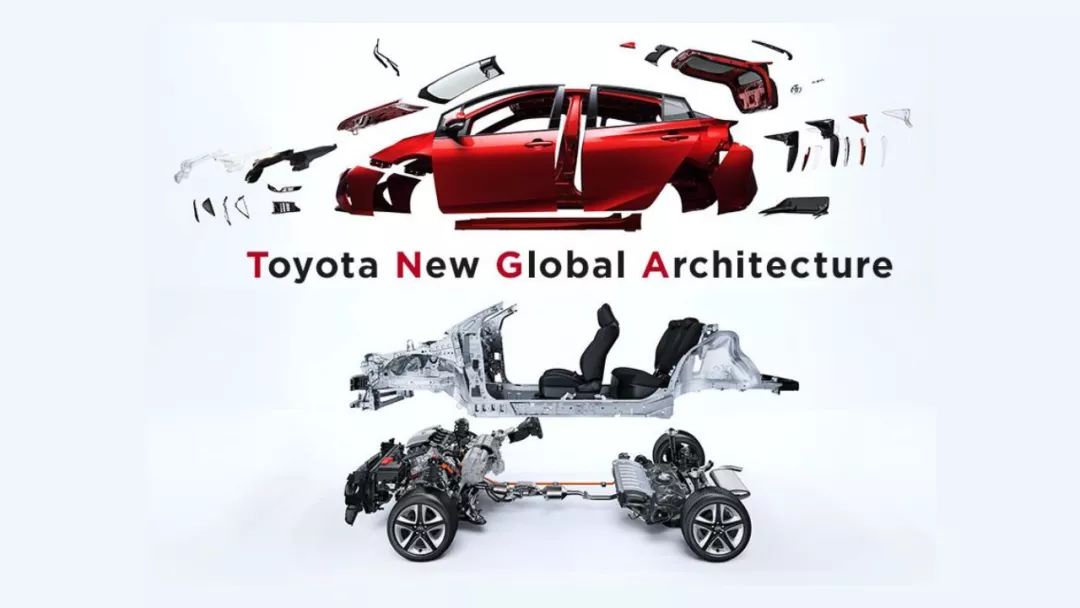
Simultaneously, the TNGA platform is evolving for an electric and connected future, designed to be compatible with hybrid, BEV, and hydrogen fuel cell powertrains, with the Corolla Concept Car serving as a representative of this upgraded architecture.
The Corolla Concept Car will serve as a representative of the upgraded TNGA architecture. From the teaser images released by Toyota, we can see that the Corolla concept teases a bolder design—lacking a conventional grille and featuring a charging port on the fender. This positions it as a potential BEV or PHEV that leverages the new capabilities of the upgraded TNGA platform.
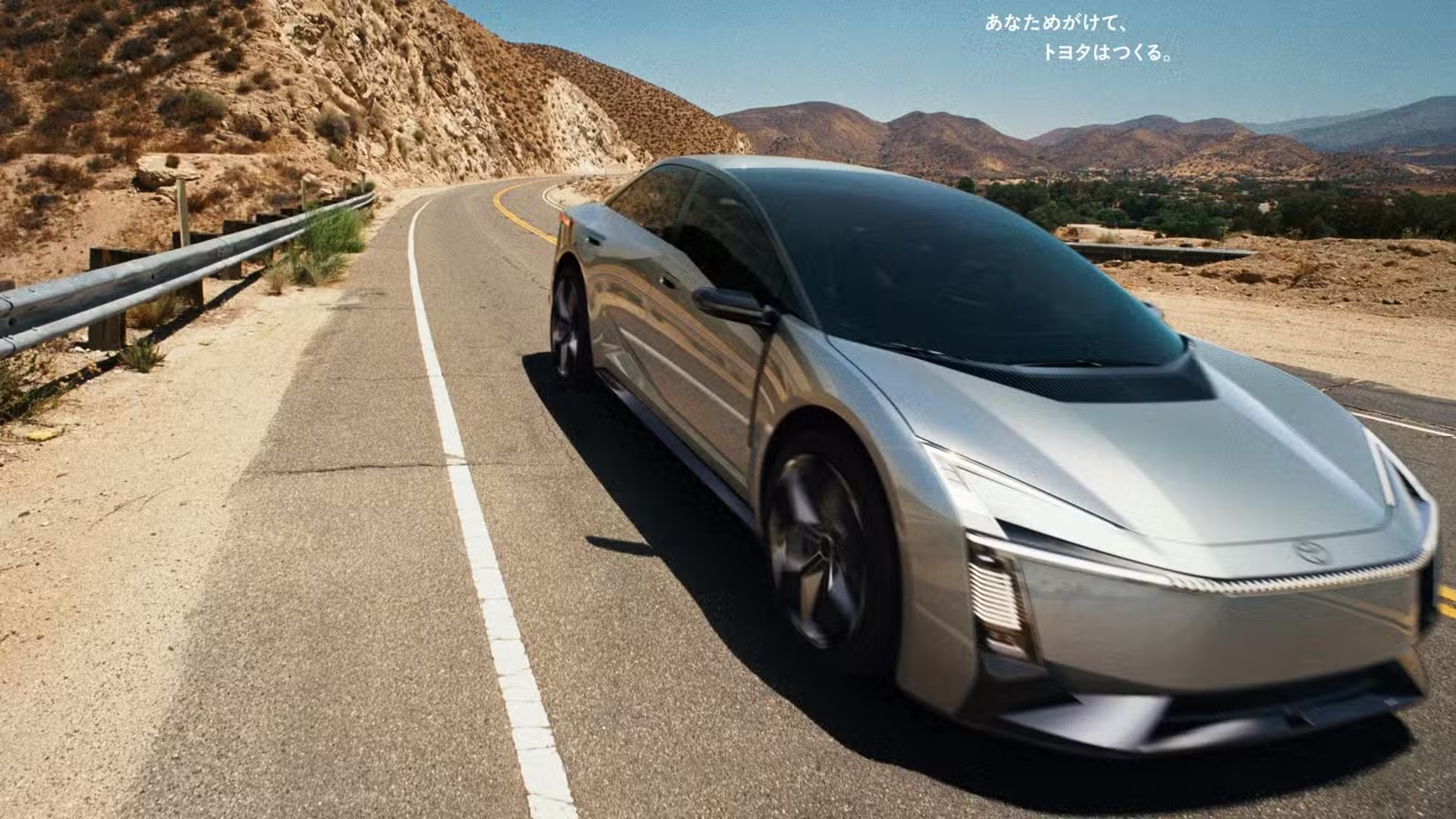
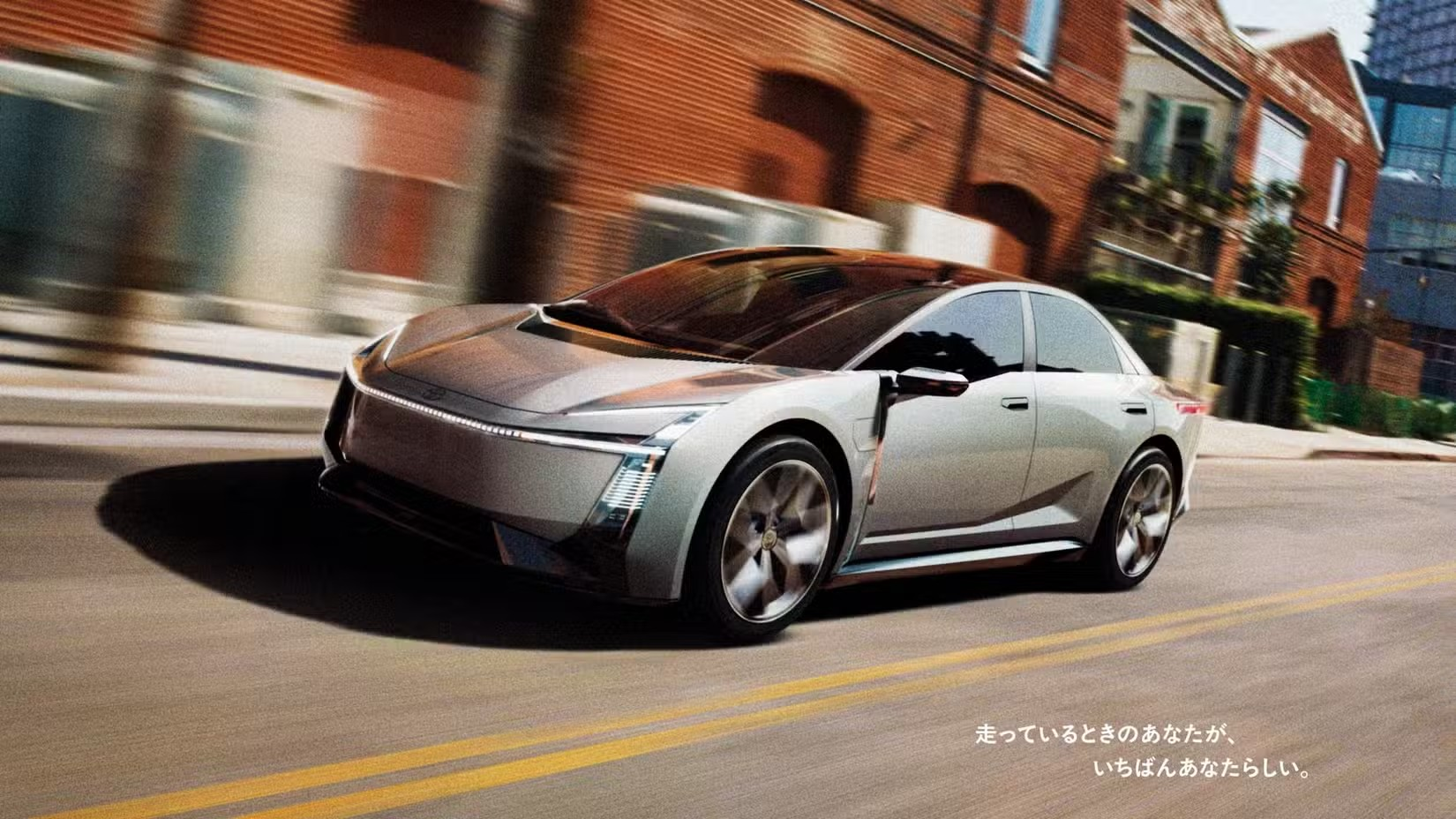 In addition to the TNGA architecture, Toyota is comprehensively developing strategies centered on performance core, multi-path electrification, software-defined vehicles (SDV), and global market deployment.
In addition to the TNGA architecture, Toyota is comprehensively developing strategies centered on performance core, multi-path electrification, software-defined vehicles (SDV), and global market deployment.
Toyota is developing a distinctive Software-Defined Vehicle (SDV) platform, enabling continuous optimization of vehicle performance and features through software updates. Regarding the SDV platform, we can see it in the 2026 RAV 4, which is the first mass-produced model equipped with the Toyota self-developed Arene software platform.
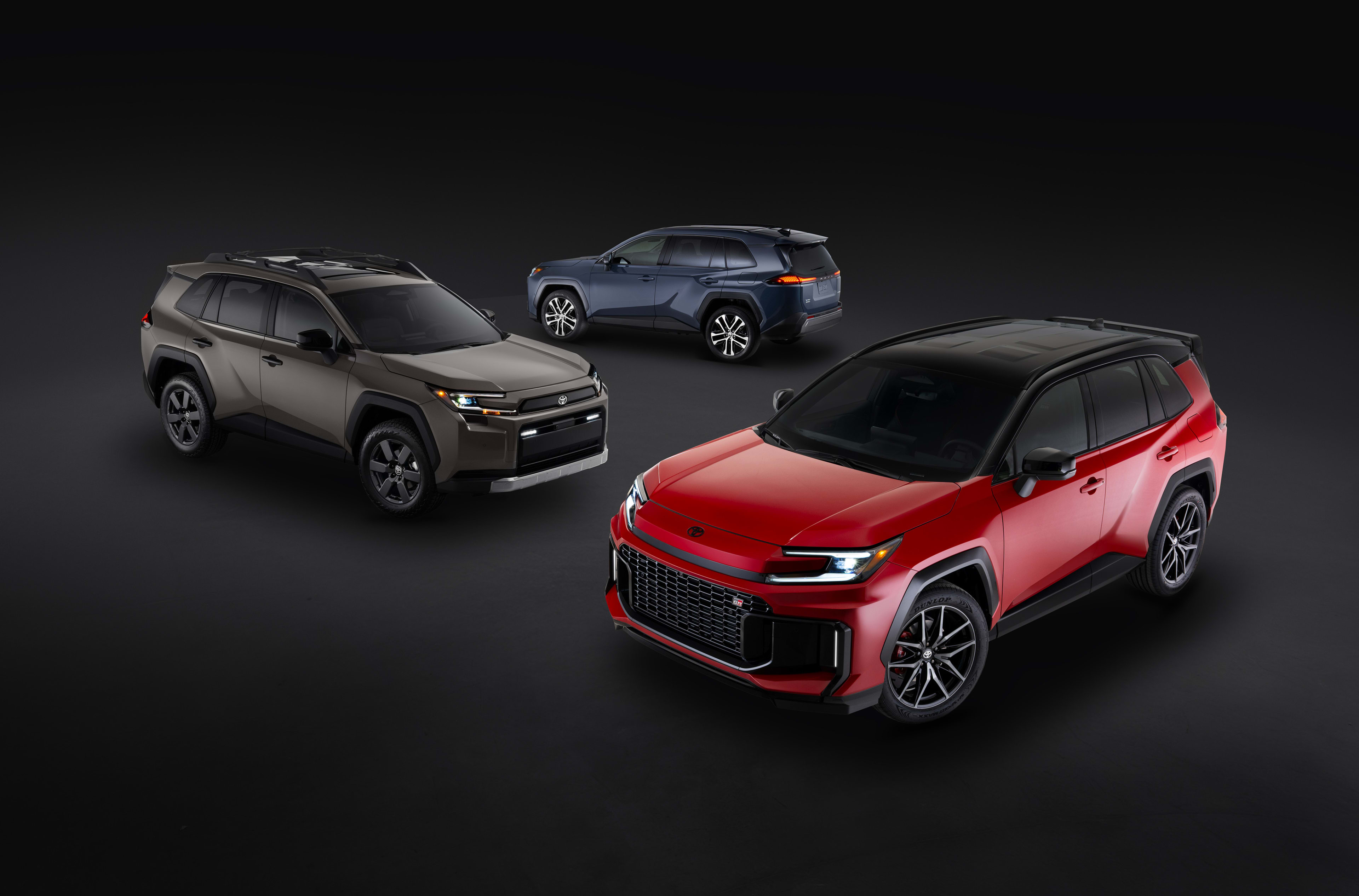
Developed by Toyota's Woven subsidiary and built on an automotive-grade Linux system, the Arene platform supports modular functionality expansion and OTA upgrades.
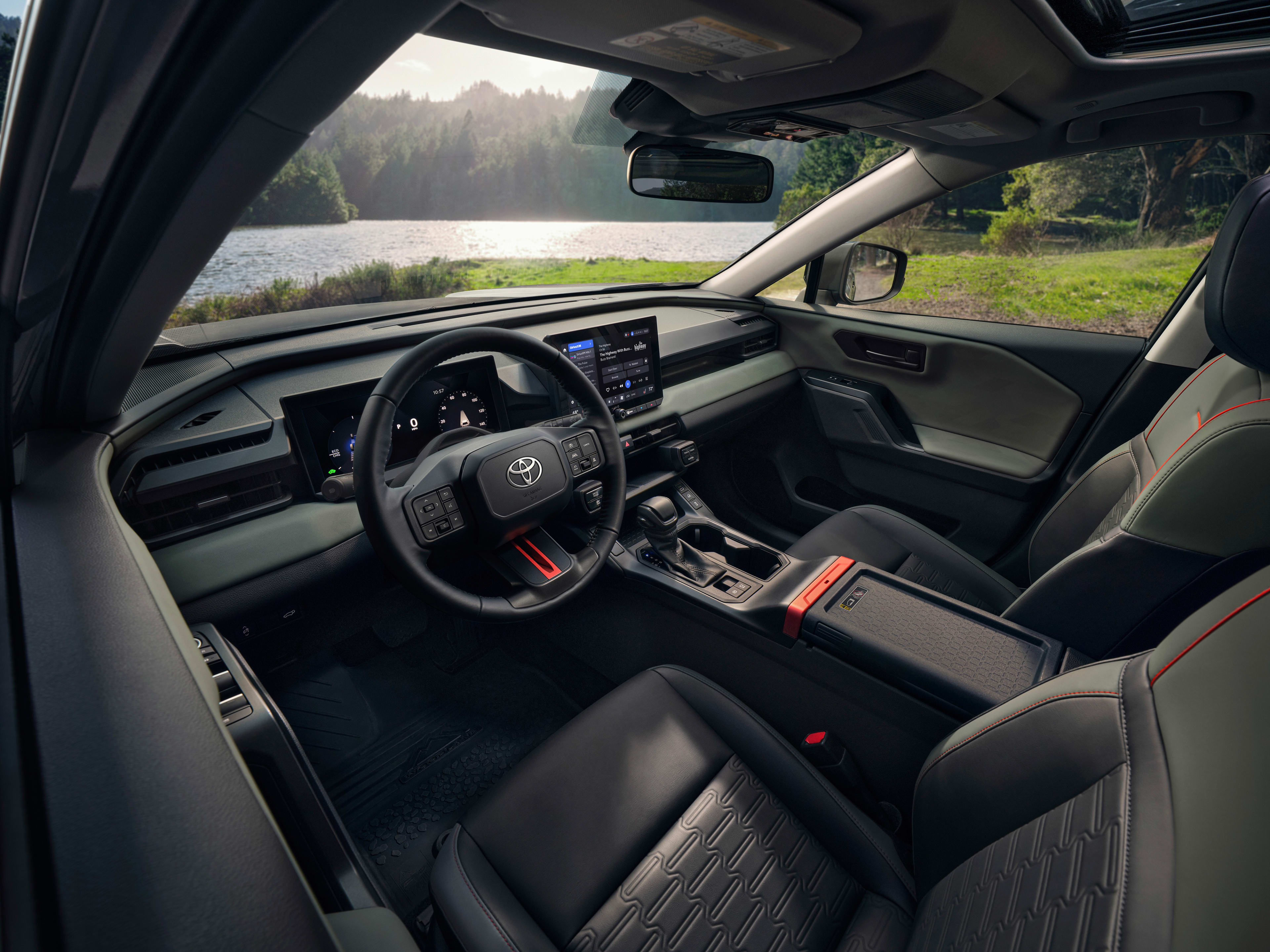
However, while the 2026 RAV4 features core SDV characteristics, its body control and dynamic systems do not yet fully support OTA updates, placing it below the "full-SDV" standard set by brands like Tesla.
Despite this, Toyota has committed to deploying the Arene platform across a wider range of future models, systematically transitioning its future vehicle lineup toward a fully software-defined future.
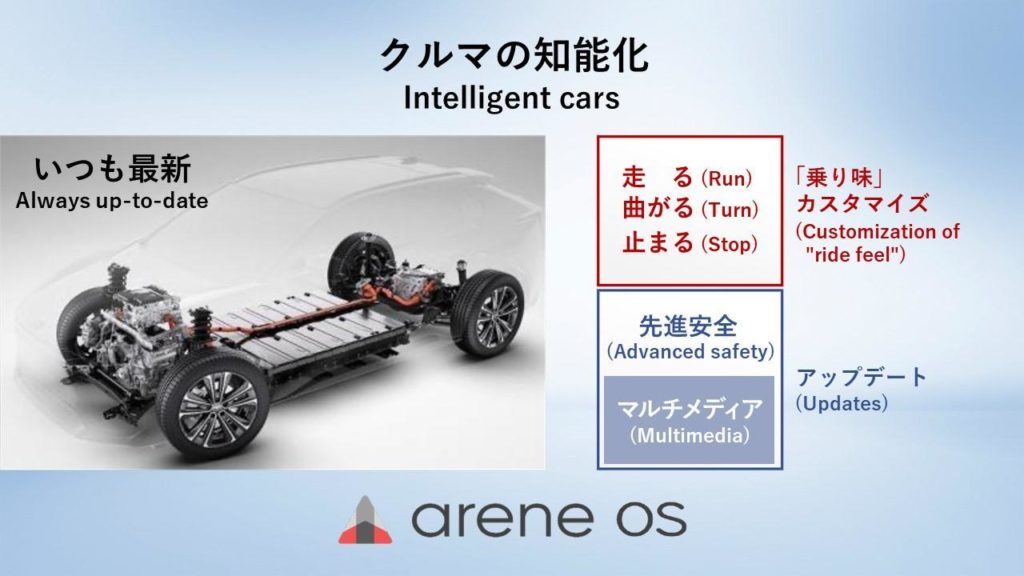
Daihatsu plays a supporting role in the strategy
Daihatsu has been officially integrated into the group strategy under Toyota's New Project. Daihatsu will focus on the development of Kei Car and small car platforms, supporting Toyota Group's layout in urban mobility and emerging markets.
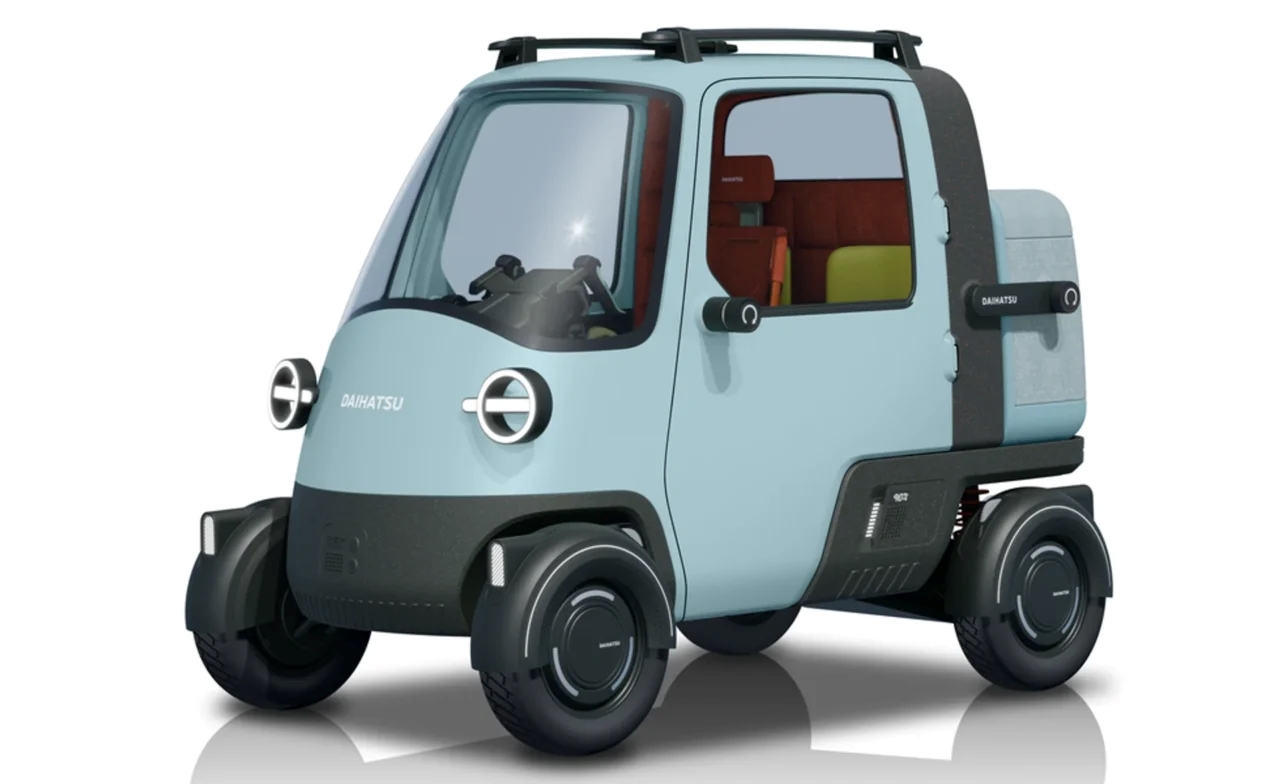
Its platform technology is further integrated with the TNGA architecture, enhancing electrification and modular compatibility, especially for small electric and hybrid vehicles.
For global markets, Daihatsu will pursue synergistic growth with the Toyota brand in emerging Southeast Asia, including Thailand and Malaysia. In line with the "Best in Town" concept, the focus will be on enhancing localized production, research & development, and sales networks.

Although Daihatsu did not release a new model this time, many speculate that Daihatsu may collaborate with GR to launch a lightweight performance car or a performance version of a Kei Car, continuing the success of models such as the Copen GR Sport.
Toyota and its sub-brands are set for major changes
Toyota is undertaking a profound strategic overhaul that will fundamentally reshape its future. Rather than discussing products that feel distant from us such as Century, Lexus LS Concept, or GR supercars, the new TNGA architecture and SDV platform will be the most consumer-facing changes in the Toyota product series. If these plans are realized, Toyota will once again make a leap forward.
If any infringement occurs, please contact us for deletion
Trending News

BYD Sealion 7 is not only cheaper than Tesla Model Y, what other differences do they have?
Is it better to buy the BYD Sealion 7 or the Tesla Model Y? This really makes one a bit hesitant, but before you make a decision, I recommend you take a good look at this article.

2026 Toyota Hilux Travo released, the brand-new exterior and interior are highly anticipated
If you're considering buying a Hilux, honestly, the comprehensive innovations in the ninth generation are worth waiting for. While the current model might still have some advantages in terms of reliability and price, the new model offers significant changes in terms of exterior and interior luxury, tech features, and powertrain options.

Toyota Land Cruiser FJ did not disappoint, the most anticipated civilian off-road vehicle is back.
Since its birth in 1951 under the name Toyota BJ, the Land Cruiser series has accumulated sales of approximately 12.15 million units in over 190 countries and regions worldwide, becoming a global off-road icon spanning more than 70 years.

In Malaysia, which sliding door MPVs are available?
The numerous advantages of sliding door MPVs make many people fond of this type of vehicle. However, MPVs are not a mainstream choice in the car market, so many people might not know which MPVs are available domestically.

Should I choose the top-tier Toyota Corolla Cross, or the entry-level Fortuner?
Should we spend more money on a compact SUV, or add a bit more to buy a larger SUV? Although for many families, the 20,000 MYR price difference is not a small amount, considering that the number of family members may increase in the future, choosing a more practical and spacious car can save the trouble and cost of replacing a vehicle later on.
Popular Cars
Model Year
Car Compare
Car Photo

